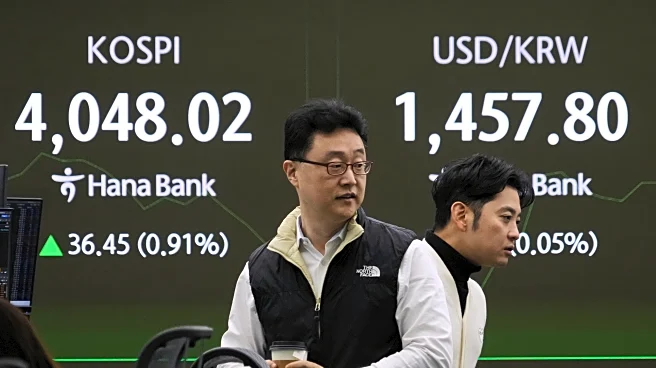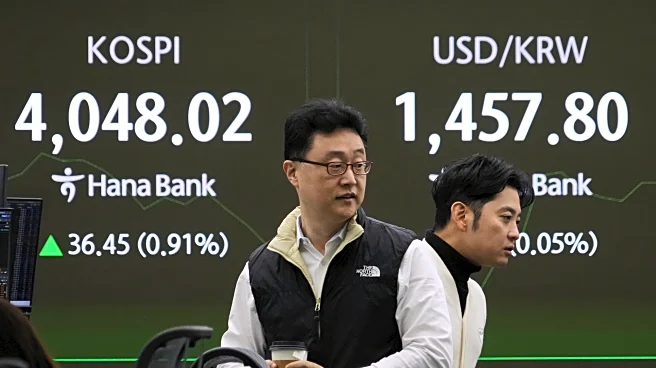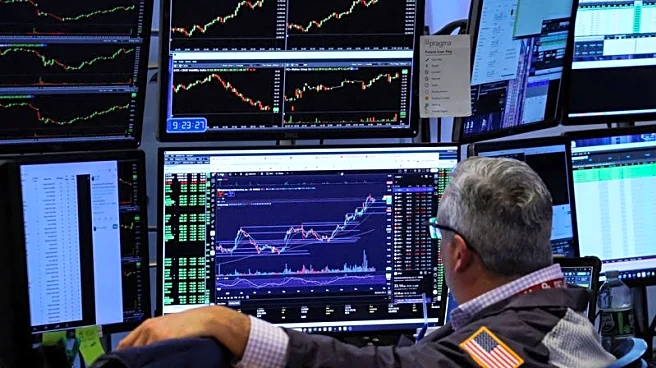By Rashika Singh and Siddarth S
(Reuters) -Morgan Stanley expects U.S. stocks to outperform peers next year and prefers global equities over credit and government bonds, supported by rising artificial intelligence-related
capital expenditures and a favorable policy environment.
"Risk assets are primed for a strong 2026, powered by micro fundamentals, accelerating AI capex, and a favorable policy backdrop," Morgan Stanley said in a series of global economic and strategic outlook notes published separately on Monday.
Global financial markets have had a volatile year, thanks to U.S. President Donald Trump's on-and-off tariff policies, but most of the trade uncertainty have faded, heading into 2026.
The Wall-Street brokerage expects "moderate" global economic growth and disinflation next year, but said "uncertainty remains high and the range of outcomes is very wide".
"The U.S. is the swing factor."
U.S. ECONOMIC OUTLOOK
Morgan Stanley forecast the S&P 500 index to touch 7,800 by the end of 2026, about a 16% upside from current levels, amid robust earnings growth and AI-driven efficiency gains.
It sees U.S. small caps outperforming large-cap equities and cyclicals outperforming defensive sectors, driven by the Federal Reserve's dovish policy.
The brokerage expects the dollar index to fall to 94 in the first half and rebound to 99 by 2026-end.
EUROPEAN ECONOMIC OUTLOOK
"We expect EU equities to be pulled into the slipstream of a broadening U.S. recovery in 2026, despite continued domestic fiscal challenges and structurally rising China competition," Morgan Stanley said, as it raised its 2026 year-end target for the MSCI Europe local currency index to 2,430 from 2,250.
The MSCI Europe has gained about 12.5% this year, broadly boosted by optimism around Germany's fiscal spending plans, corporate earnings strength and cooling inflation levels.
COMMODITIES
The brokerage sees gold at $4,500 per ounce and copper at $10,600 per ton in 2026. It anticipates Brent oil will remain anchored around $60 a barrel due to a soft supply-demand balance.
(Reporting by Rashika Singh and Siddarth S in Bengaluru; Editing by Shilpi Majumdar)













